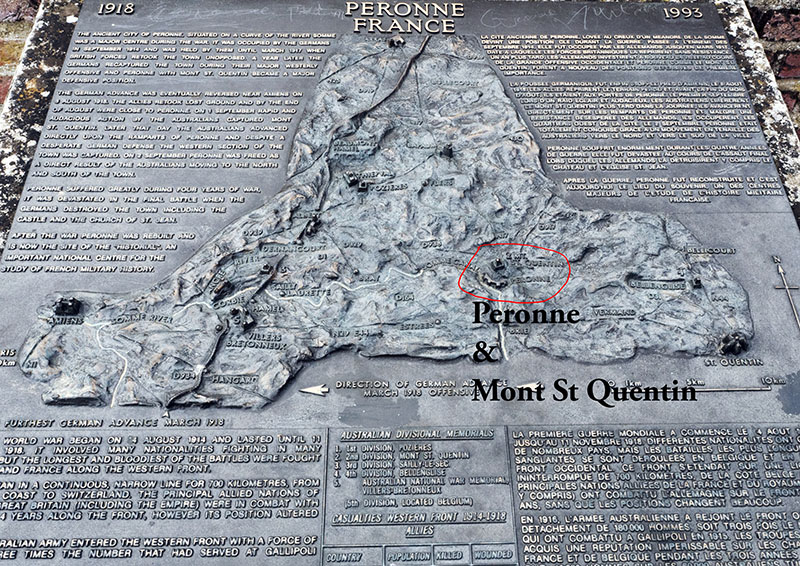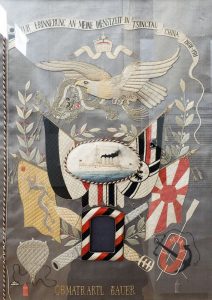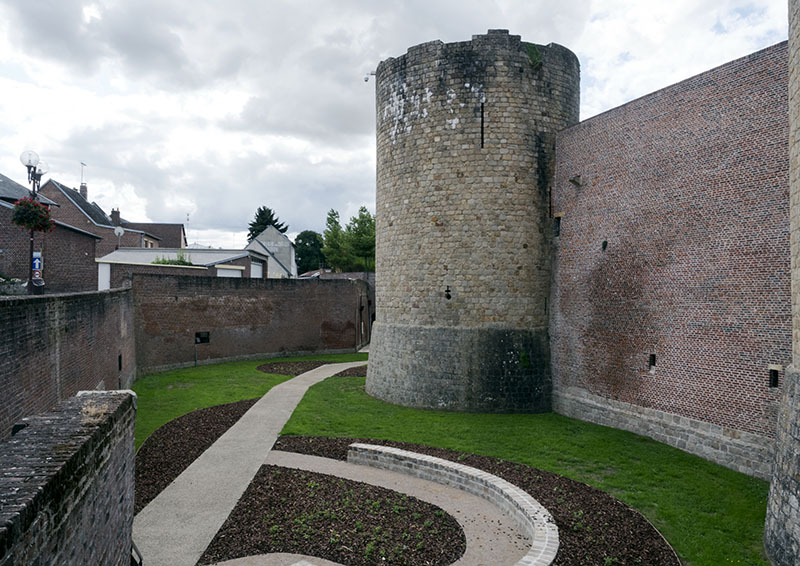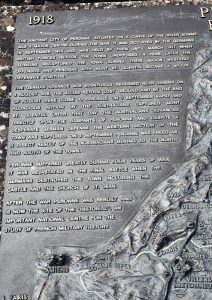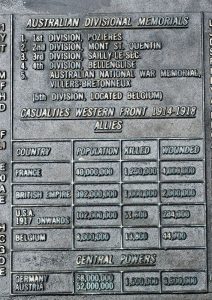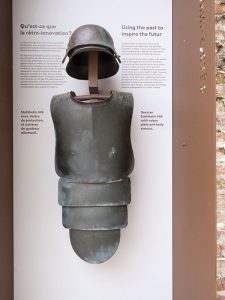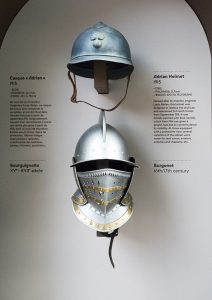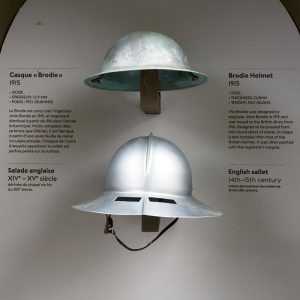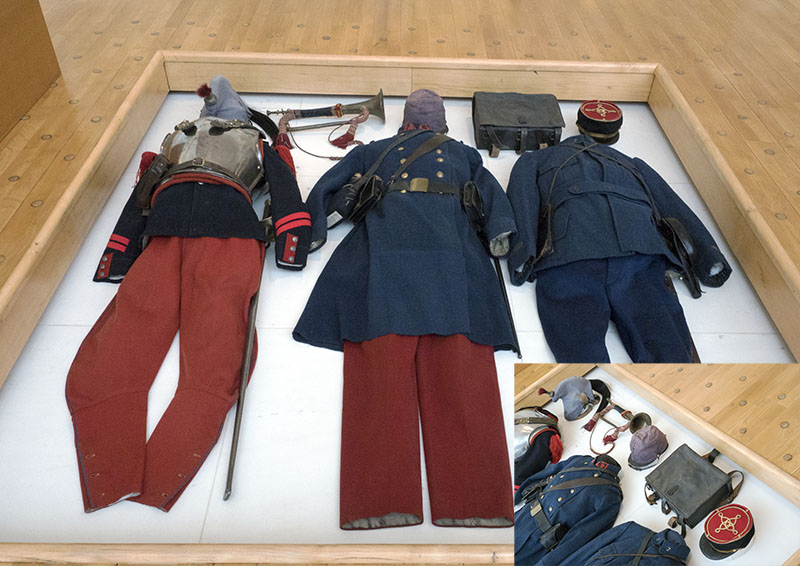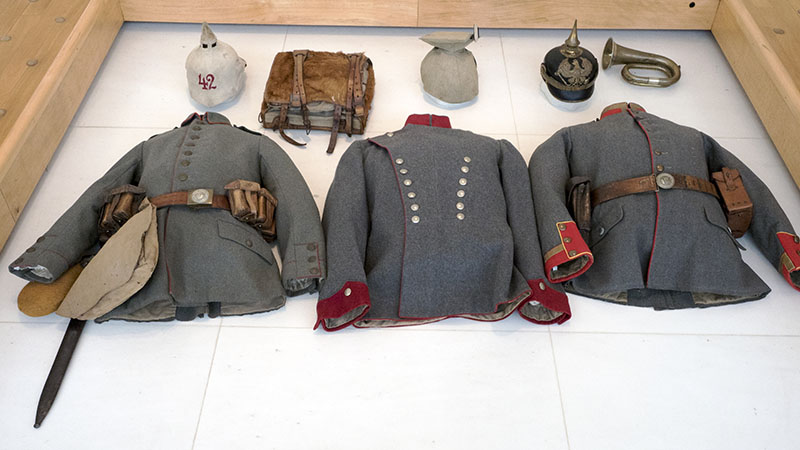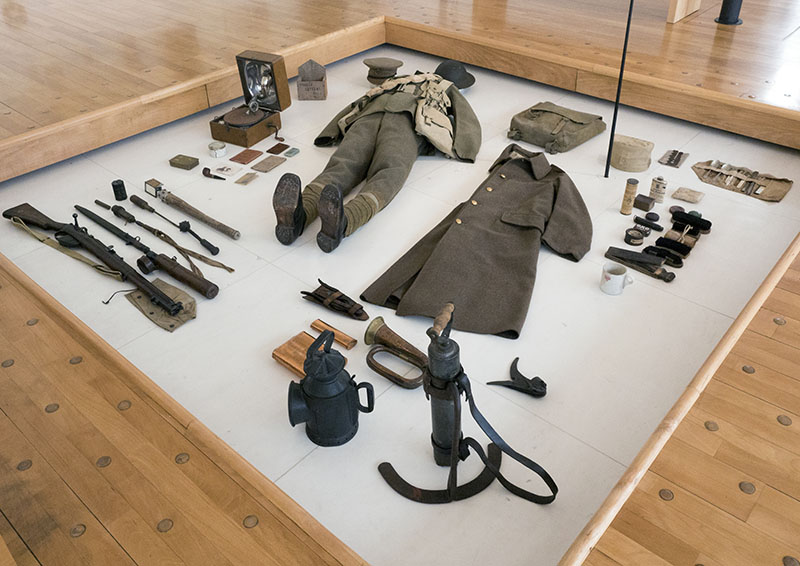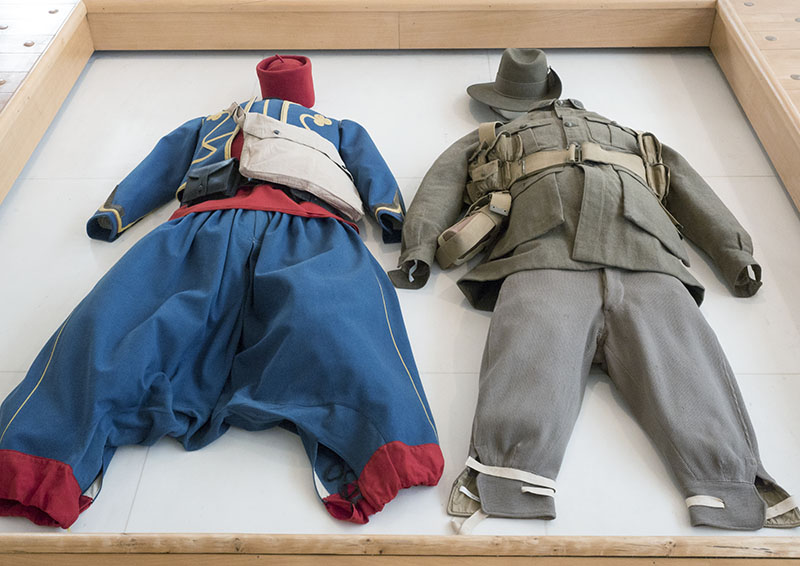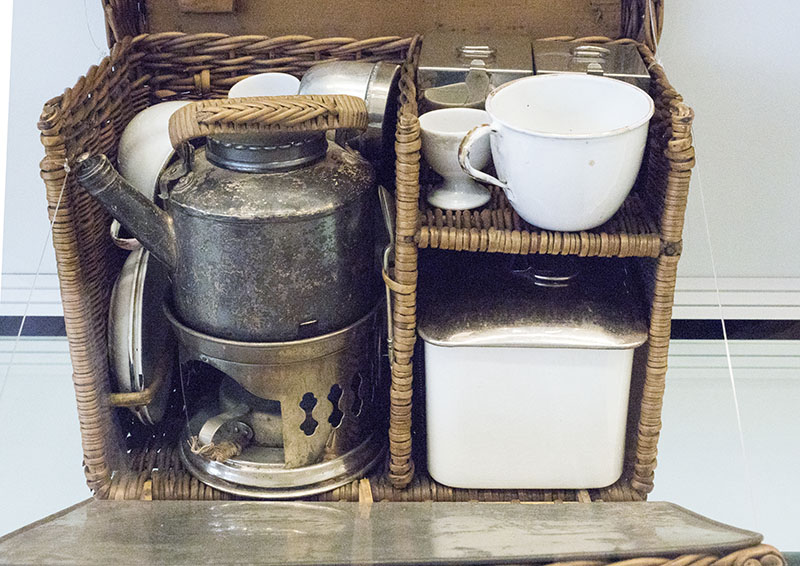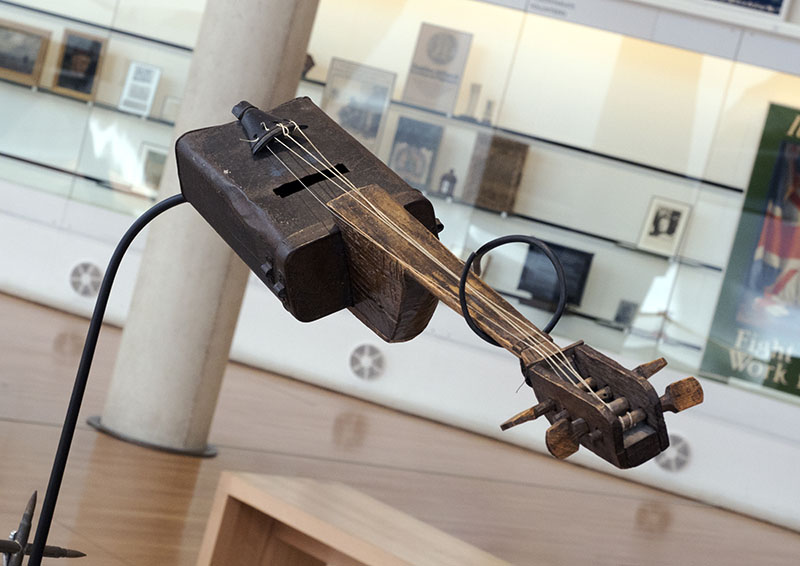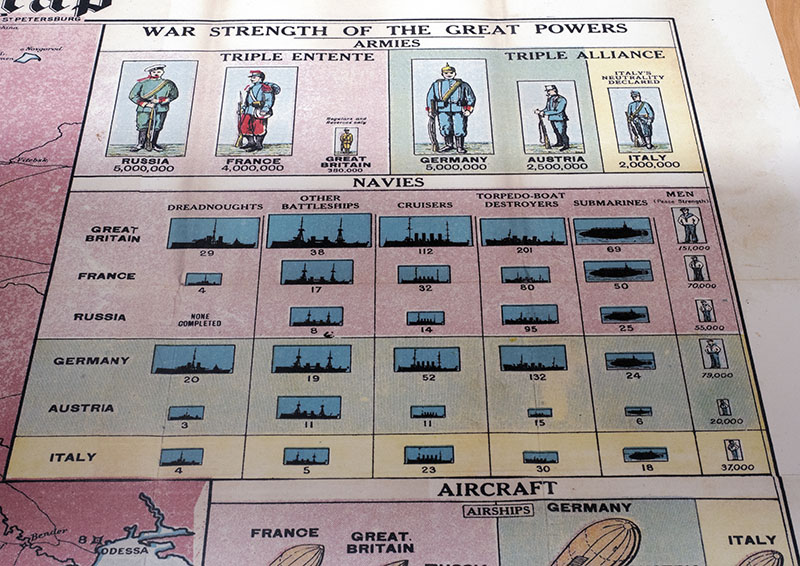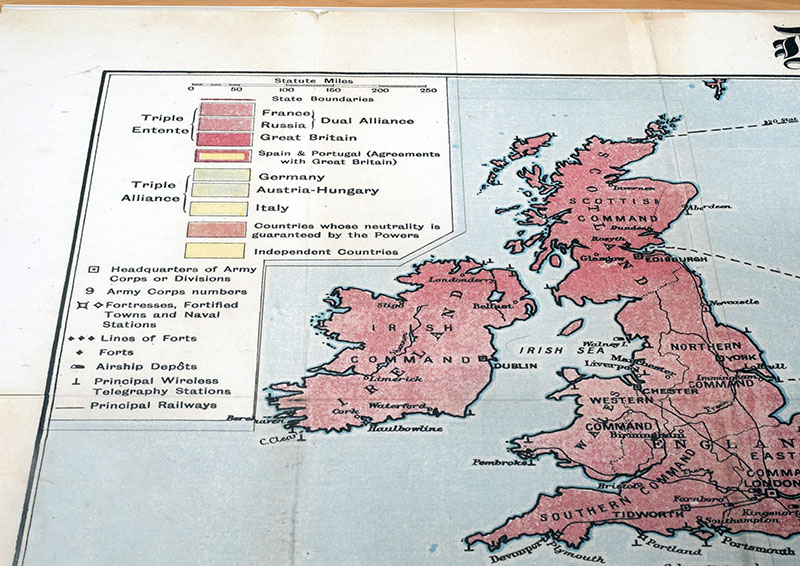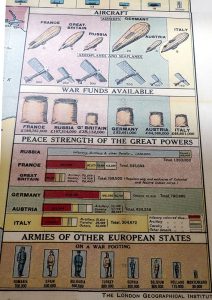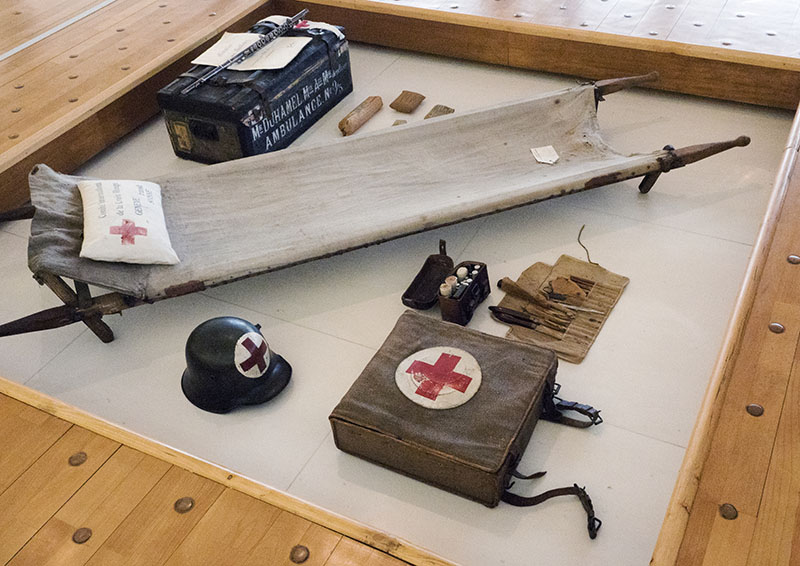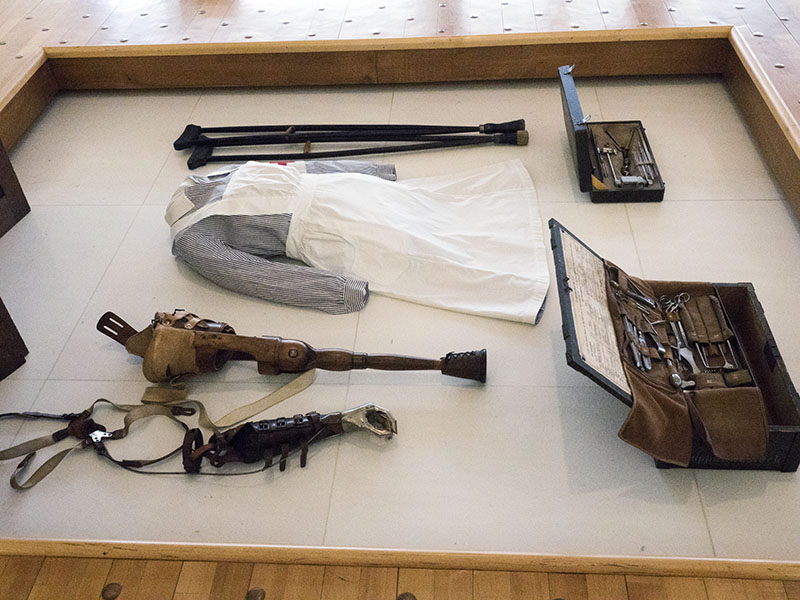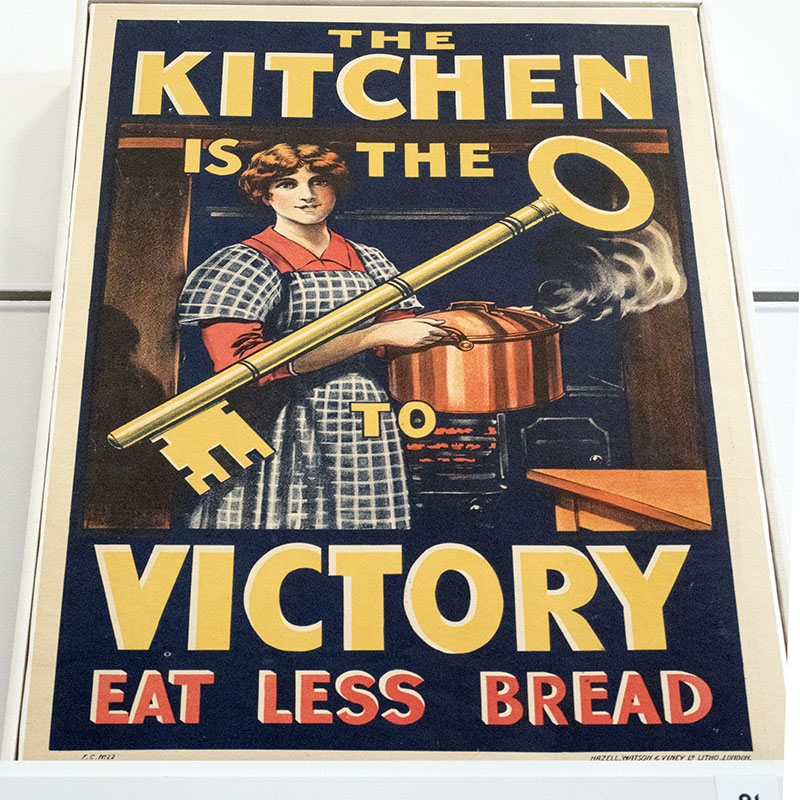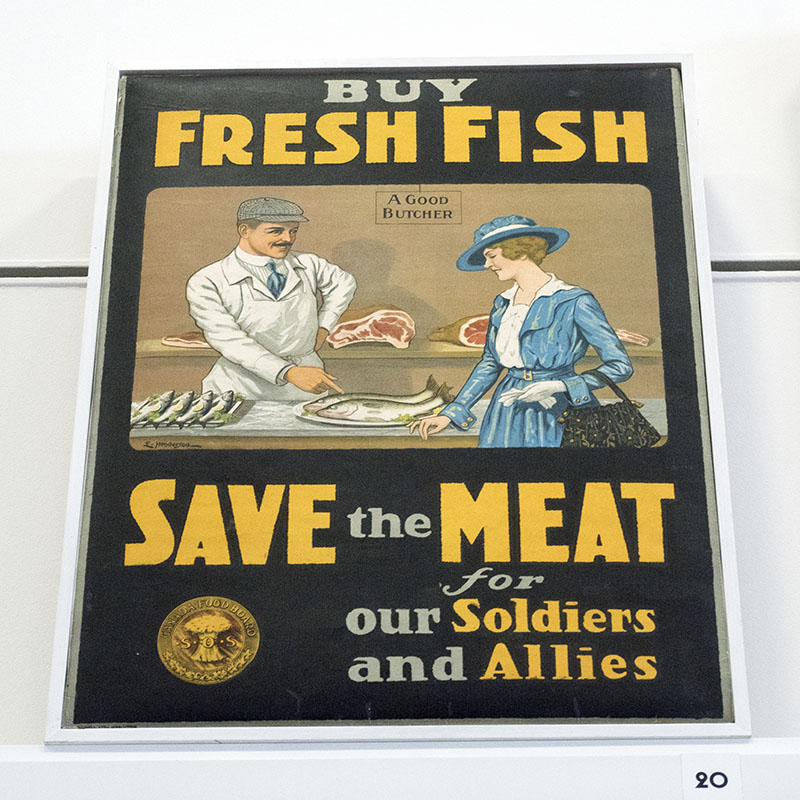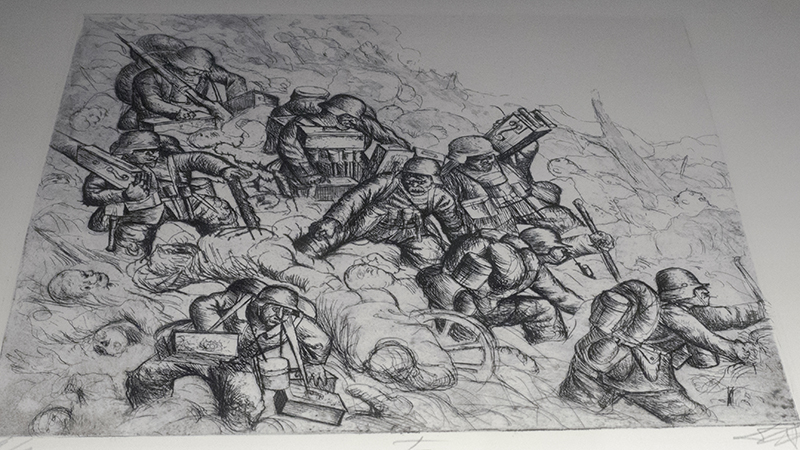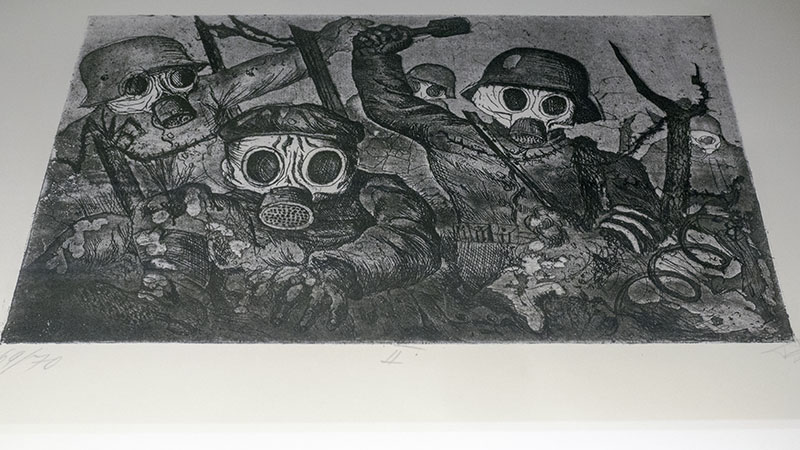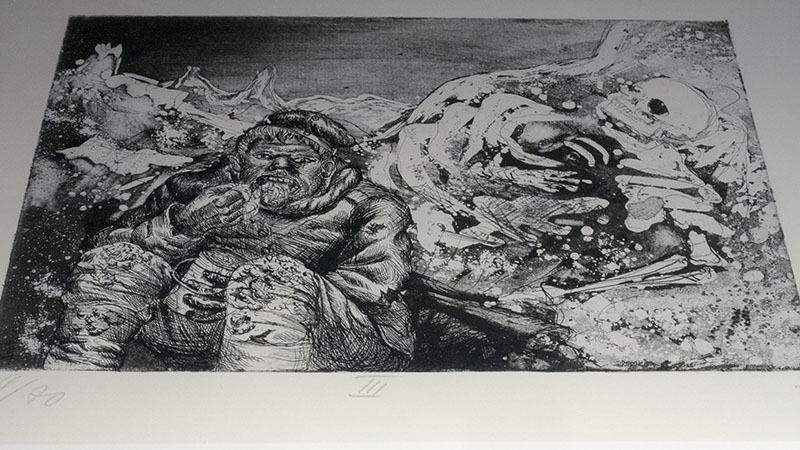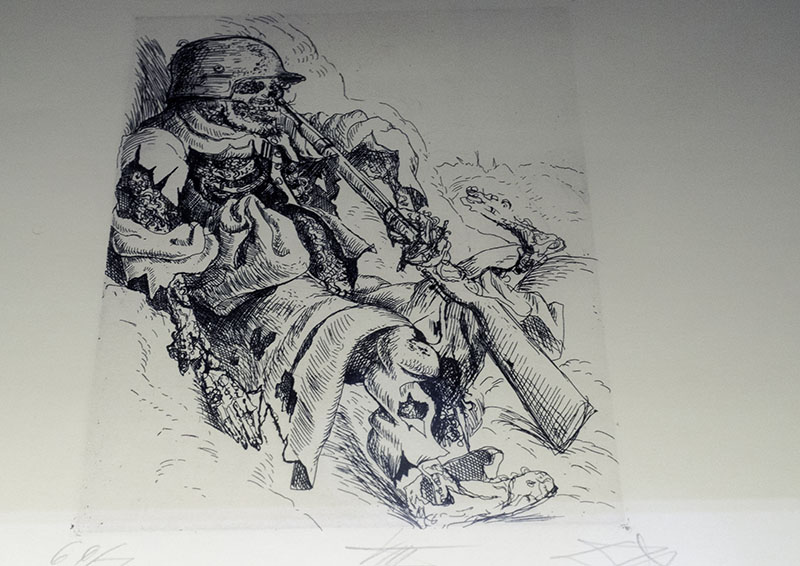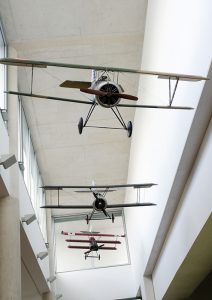September 2nd this year will see a memorial day taking place in remembrance of the Australian troops that fought for, and liberated, Peronne during WWI. In fact, throughout the year numerous events have taken place around Australian culture.
The Battle of the Somme in WWI was such a significant part of the fight for freedom in European history that Bob and I felt it was imperative not to miss this museum, entry of which is via the magnificent Chateau de Peronne.
Information was so great, it would require a day or more of intense study.
Change of helmets.
Attire
and utensils were varied.
Many maps, graphs and so forth detailing various topics.
Doctors, nurses and the red cross at war.
Call for assistance from the civilians.
Drawings by an artist.
There was even a movie made from old footage.
https://www.youtube.com/watch?v=PduHVHDylbo
Interesting Facts
Despite having studied the two great wars in European history, it is incredible how much one didn’t learn.
It always amazes one that there are peoples who still haven’t learned.
Australians save Peronne
The year 1918 and the Germans were advancing rapidly across France.
By the last days of August, the troops had attained Mont St Quentin, the perfect lookout post across Peronne and the Somme Valley. This post was pivotal to their Somme line defensive.
Then came along came the Australian civil engineer and military commander, Lieutenant General Sir John Monash!
Considered one of the most brilliant of the Allied generals, he realised the strategic importance of this region, and desired to relieve the Germans of their post, thereby attaining it for the Allies.
Now viewed as one of the greatest achievements of war time, the evening of the 31st August found the second Australian Division crossing the Somme River: the aim, to attack and hold Mont St Quentin.
Being a battle that would see the attackers working their way uphill across open ground, the Germans were unsuspecting, as only a ‘madman’ would attempt this type of attack. Rifle grenades and trench mortars were of great benefit as they took out the outposts, whilst battalions were strategically placed to create noise and distraction whilst the remainder took up position and gained ground.
By 12pm that night, by working in small groups, with the Germans confused and fleeing, the Australians attained the summit, then by mid – morning on the 1st September arrived in Peronne.
Over the following days, counter attacks took place, and the mount changed hands, but by the 3rd of September the Australians were victorious, and by the 5th had managed to advance a further 3.2km eastward.
World War One was one of the most ferocious in history:
- Estimated 16 million + Military deaths (2/3 died in battle, 1/3 died of infection & disease)
- Estimated civilian estimated at 6.5 million
Numbers Lost in 1918 by the Australian Forces
- 60,355 casualties
- 12,187 of them killed in battle or died from the wounds inflicted
- Back in Australia, the voluntary signing up of men wasn’t keeping up with the numbers required to keep the battalions at full strength.
WWI was the era in which many technological firsts took place:
- Aircraft came into their own as weapons of destruction.
- The Zeppelin airships used for bombing raids didn’t last long since they were easily shot down themselves.
- Tanks were constructed to overcome the muddy conditions of the western front.
- The bolt action rifle that could fire 15 rounds per minute and kill a person from 1,400 metres away.
- Machine guns that had the fire power of 100 guns and required up to six men to operate.
- Torpedoes used by the submarines.
- Chlorine gas that caused one to suffocate and mustard gas that took twelve hours to take effect: and if the dosage was bad enough up to 5 weeks to die.
- Clothes worn by the soldiers were also adapted and became more suited to the situation in which the modern soldier found himself.
Interesting facts from 1918 and the post war period (from 1918 and the Post War Period).
